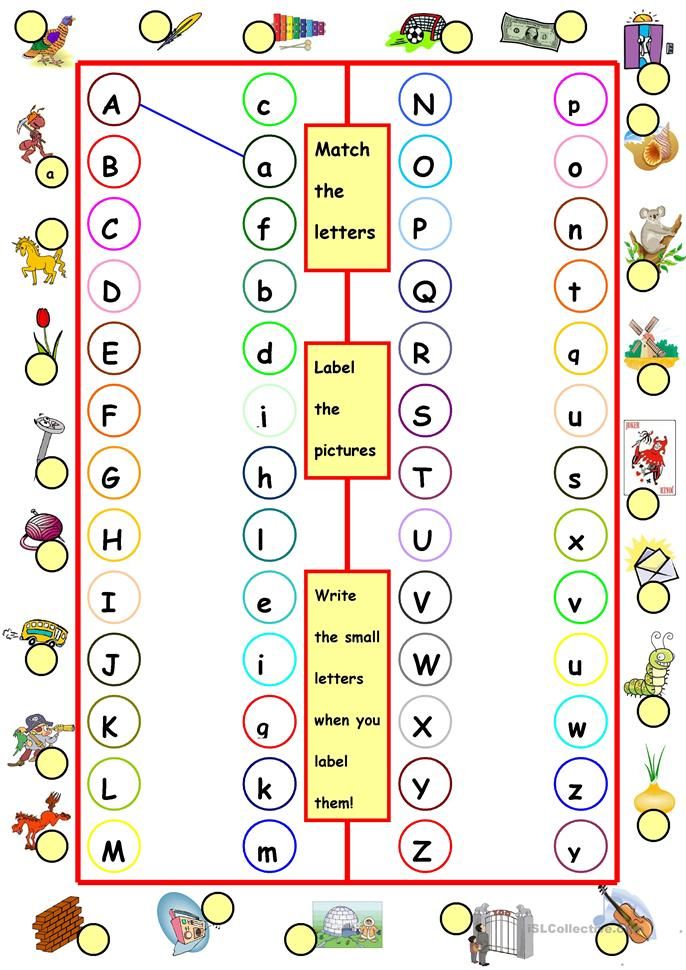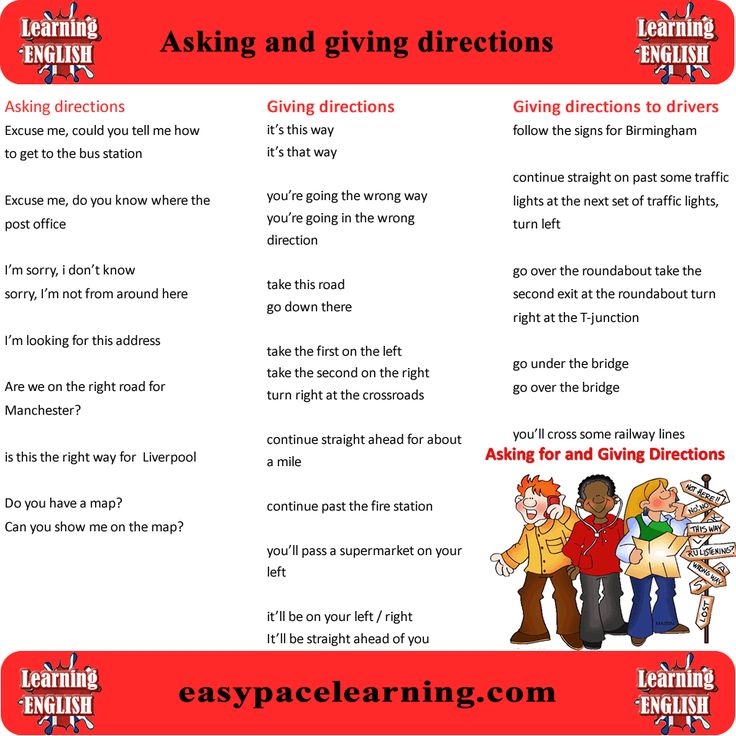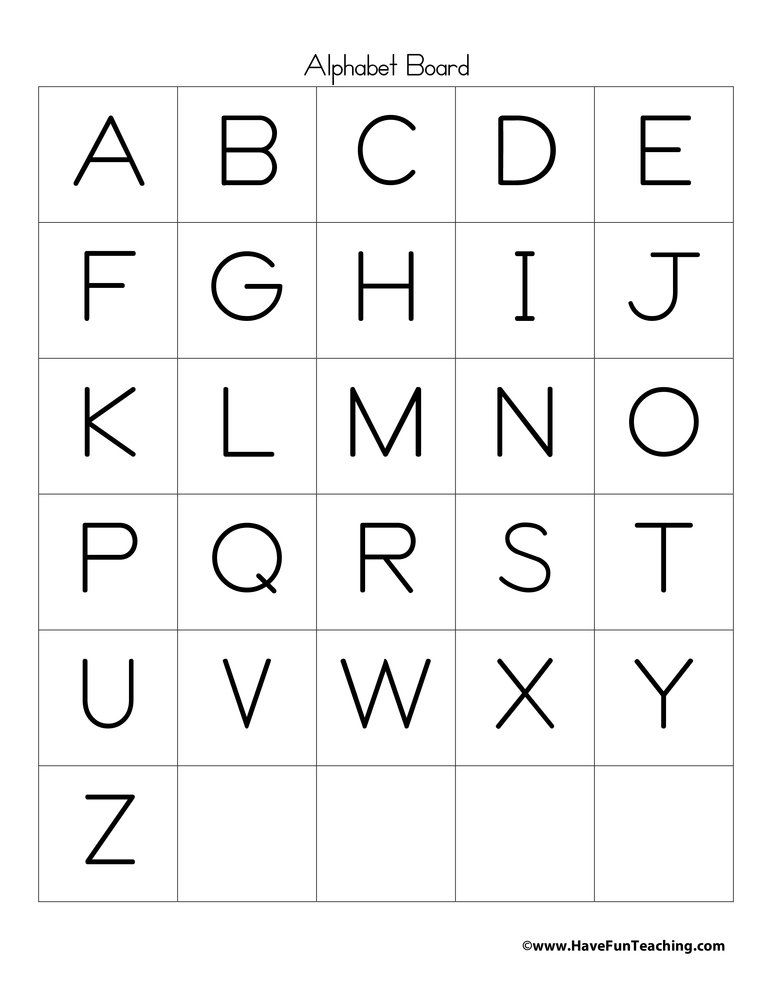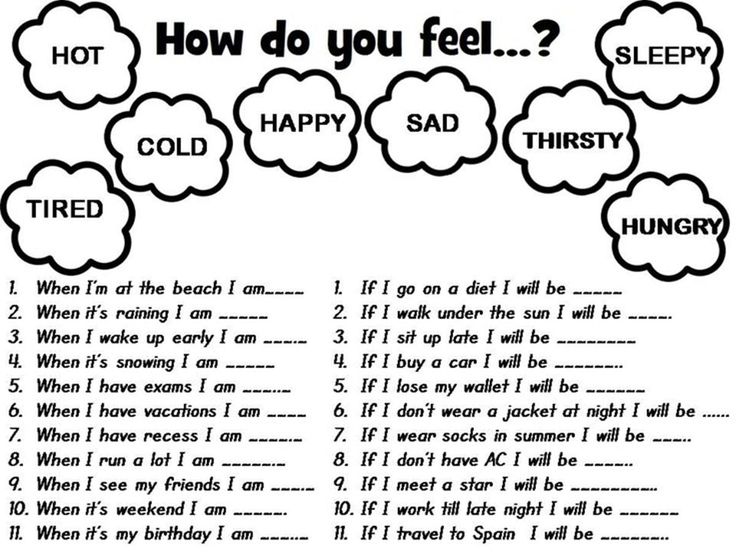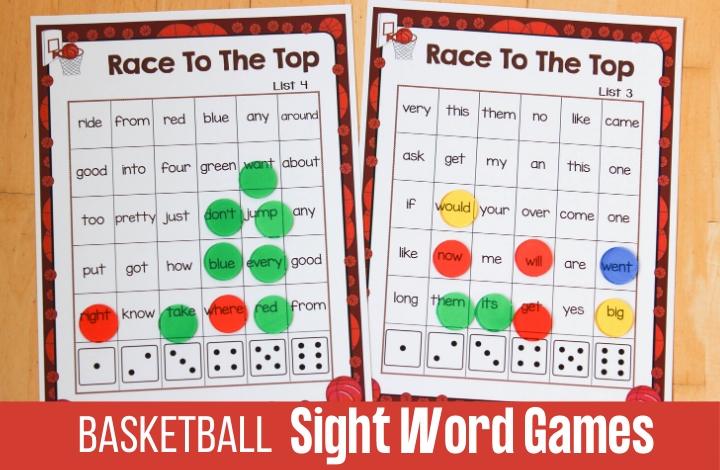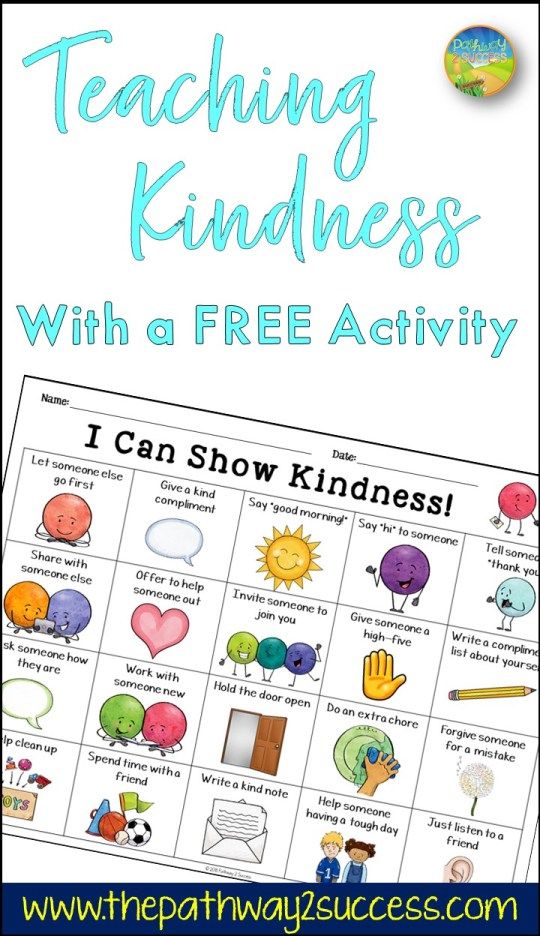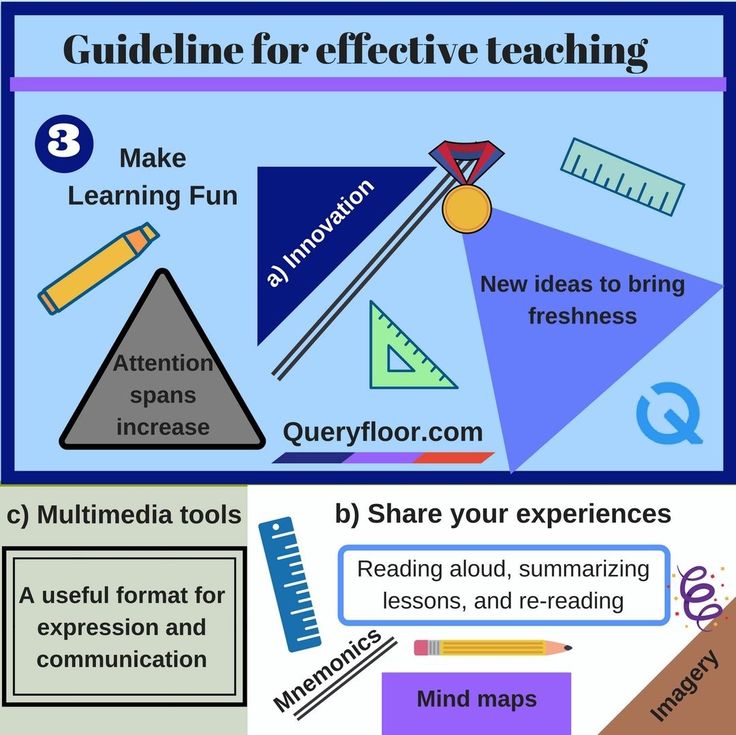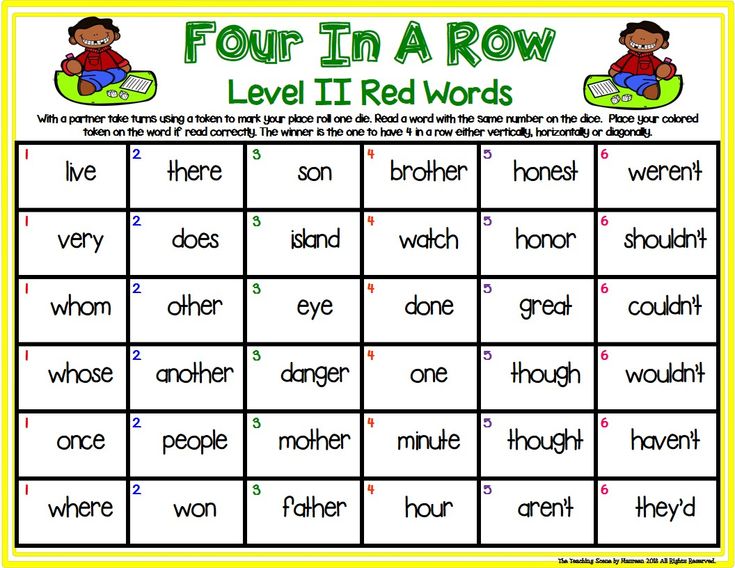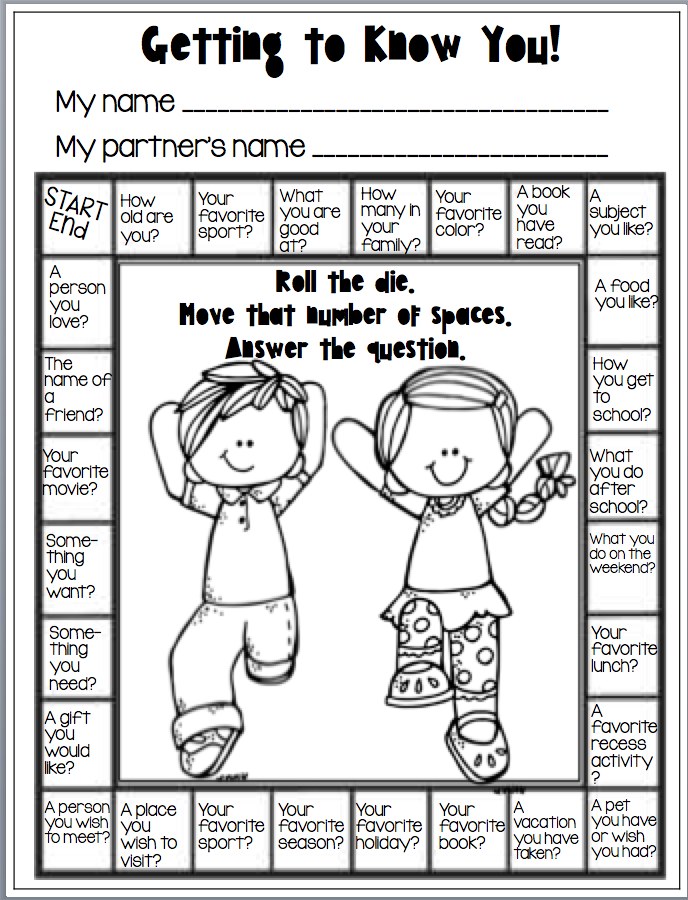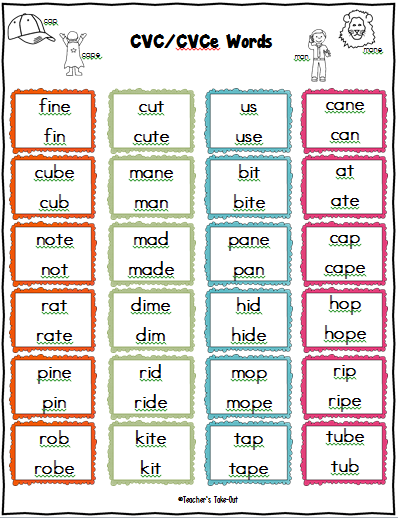Alphabet letter exercises
Alphabet Exercises That Get Kids Moving
Exercise for kids is so important on many levels. Use these alphabet exercises to help build skills, and get the kids moving with an alphabet theme. Add this alphabet for kids activity to your list of gross motor coordination activities.
Why Use these Alphabet Exercises?
In therapy, we look to help children build their gross motor skills, core strength and endurance, body awareness, motor planning, and self-regulation skills. It is recognized that regular exercise can help defend against childhood mental health and behavioral disorders, such as anxiety and depression.
The consistent engagement in physical activity promotes overall health and wellness and provides a more grounded mindset for daily living and participation in life activities.
These alphabet exercises were actually created as a resource in 2020, when many children were working remotely. With all of the time that children spent completing school work as part of teletherapy activities, or even their increased time engaging with electronics at home, they needed encouragement to exercise or simply participate in physical activity during the day.
However, there is even more of a need for these alphabet exercise even though most students are back to traditional learning environments. Students are on screens more than ever before. The symptoms of too much screen time is evident. Additionally, therapists are seeing more of a need to address self-regulation challenges in schools and in homes.
That’s where this movement-based alphabet for kids comes in as a support activity.
Research tells us that outdoor play is essential. However, even going outside to play or engage in motor skills is a challenge for some children!
Making exercise a fun playtime activity is the best way to help a child build skills while benefiting their health and wellness and keeping weight in check.
Exercise can build confidence and self-esteem, helping a child to feel better about themselves and increasing their overall happiness.
Alphabet Exercises
One way to engage children in activity is with a structured therapy band exercise program, however, occupational therapy home programs can be creative and use out-of-the-box ideas like this ABC theme exercise activity.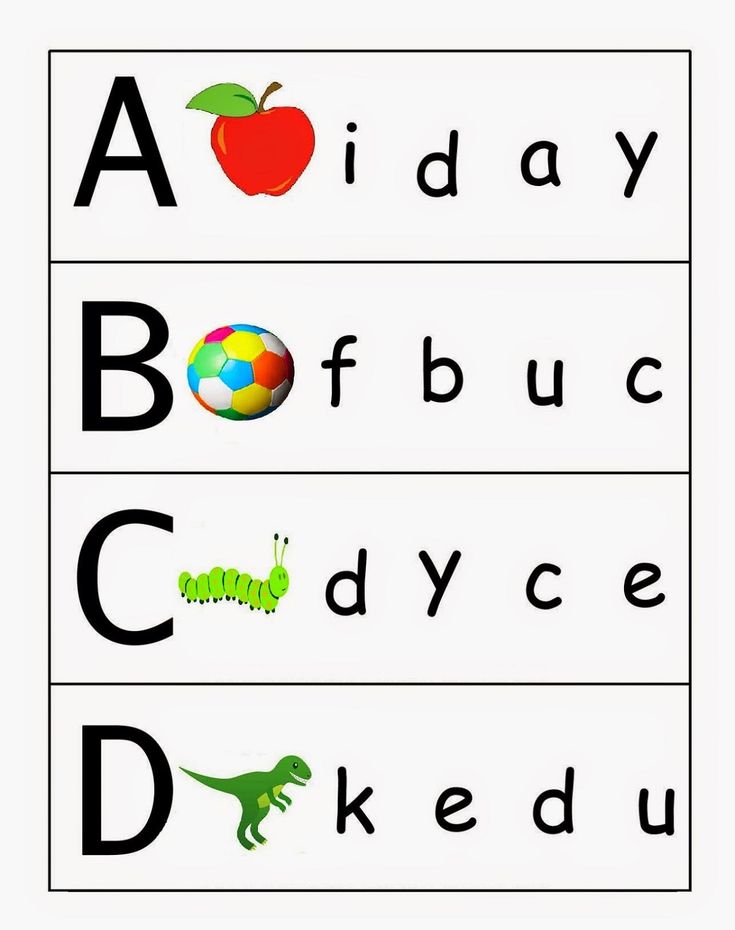
For a printable PDF version of this alphabet exercise page, scroll to the bottom of this page and enter your email address.
These letter exercises are also available in an interactive Google slide deck where students can move parts of the slide as they complete each letter activity. Click here to access that ABC exercises slide deck.
Alphabet Gross Motor ACTIVITIES
Would you like a playful way to engage a child or children in therapy exercises or in a home exercise program?
How about trying this fun ABC’s of Exercise activity page? There are many ways to use these alphabet exercise letters in learning and occupational therapy activities guided by individual goals.
- Children can either spell words or even their names to engage in the physical activity which accompanies each letter.
- Use some homework spelling words and perform the exercises related to them! Wow…homework AND exercise!
- Another easier way to play is by placing either A through Z foam letters, Bananagrams, or Scrabble tiles into a bag or basket and then have the child pull one letter out at a time and match it to the corresponding letter on the ABC’s of Exercise chart to perform the exercise listed.
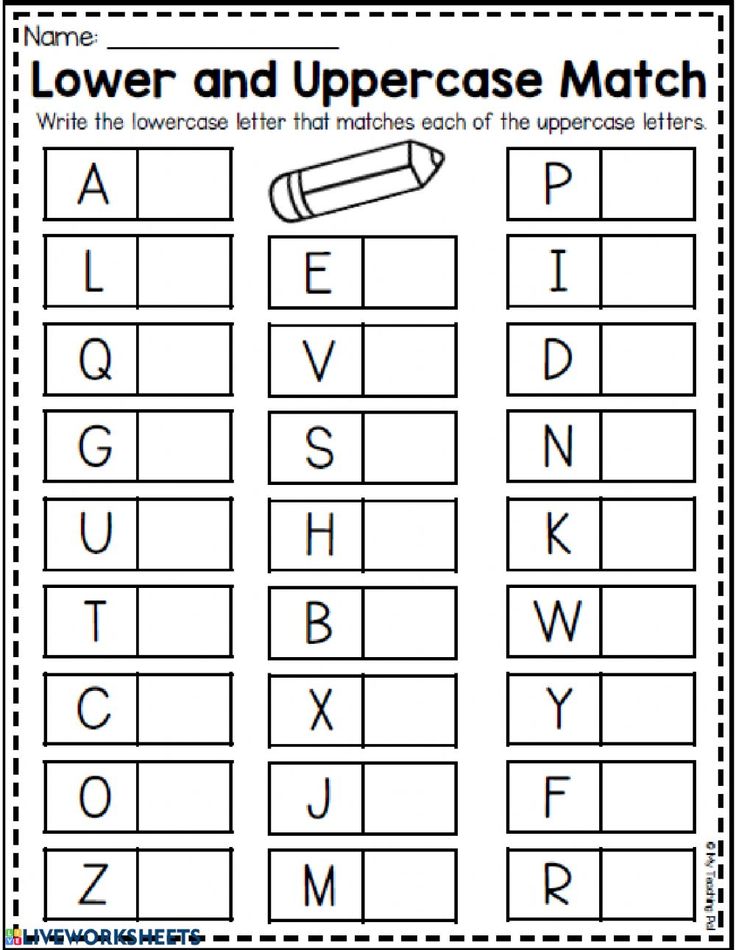
- Work through the child’s name for an individualized exercise program.
- Add the letter gross motor activities to a letter of the week learning program.
Don’t have foam letters or board game letter tiles? No worries, just grab some puzzle pieces, folded pieces of paper, beans or craft sticks and write the letters on them!
Toss any of these into a bag or basket and pick one…easy and cheap! You can also incorporate some handwriting with this activity too by having them write each exercise letter or a word beginning with that letter after they complete the exercise.
The best part about this activity page is that it is open-ended so you (or they) get to determine how many to perform of each exercise and how many exercise letters to perform.
In addition to being open-ended, this activity page provides a wonderful opportunity for teaching students exercises which can later be used when the child is feeling heightened and needing some self-regulation intervention tools.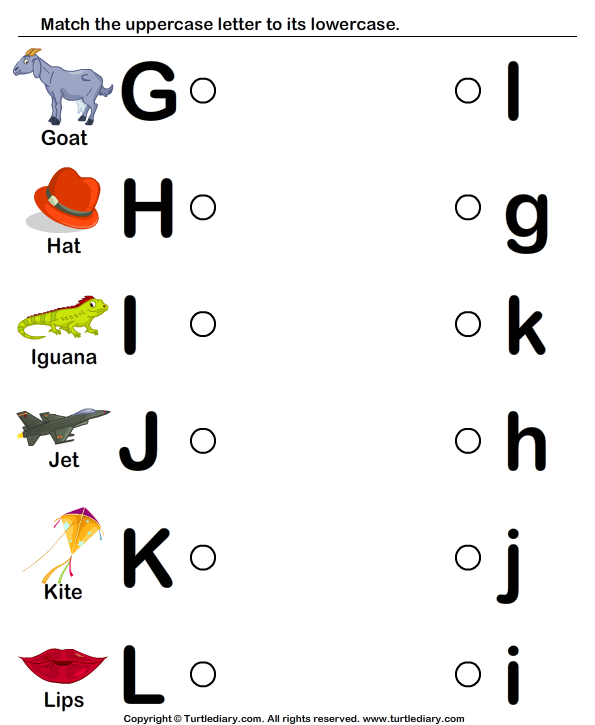
Use the activity sheet as an inclusion tool for a whole class activity, small group or individual therapy session, or even as a supplement to a motor pathway in the school building! Have the child do the activity that spells their name when using it as part of a motor pathway in school!
The following list are the exercises and their descriptions which are utilized in the ABC’s of Exercise resource:
ABC Exercises:Arm rolls – Have child lift arms out from their sides and rotate arms in small circular patterns, first forward and then backward.
Butterfly legs– Have child sit on the floor with legs flexed and bottom of feet touching. Then have them flap their legs up and down to resemble the wings of a butterfly.
Crab walk – Have child sit on the floor, lean back on their arms and lift their body up with their legs and arms to walk along the floor resembling the walk of a crab.
Duck walk – Have child squat down and walk on the floor while squatted resembling the walk of a duck. Add having them bend their arms up to make them look like duck wings.
Add having them bend their arms up to make them look like duck wings.
Elephant trunk swing – Have child stand up and lean forward with arms extended and fingers linked together. Once this position is achieved, have child sway their arms left and right resembling an elephant’s trunk.
Frog hops – Have child squat down on the floor with their arms in front of them and have them leap forward as far as possible resembling a jumping frog. Do this repeatedly.
Giant tape lines – Place tape lines on the floor to work on jumping from line to line or complete giant jumps by attempting to jump as far as possible from a standing position.
High knees – Have child lift alternating knees up to hands for tapping and while marching around the room. Have them lift knees as high as possible.
Incline climb – Have child climb up a slide, long wedge or hillside or toss the couch cushion or even the bed mattress in the floor and make a ramp.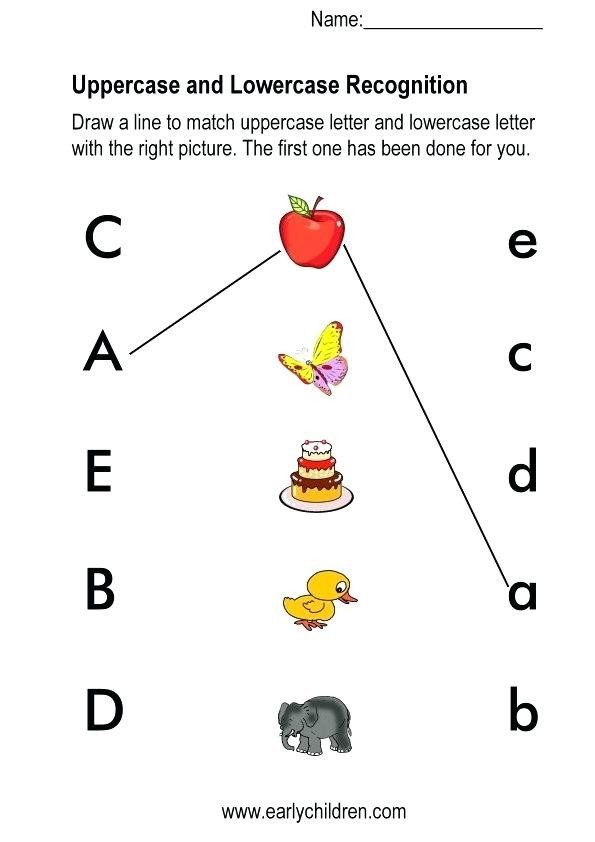 If all else fails, just use the stairs!
If all else fails, just use the stairs!
Jumping jacks – Have child start by standing with arms out to their sides and legs together then have them jump while spreading their legs and feet apart and arms up and over their head. Follow with bringing arms back to sides and legs and feet back together.
Knee squats – Have child start with standing up and then squatting to floor and back up again, repeatedly.
Lunges – Have child step forward with one leg and lower their hips until both knees are bent, then push back up to starting position. Alternate legs.
Mega jumps – Have child jump from a higher level to the floor, either from a chair, sofa, steps, etc. or they could also simply try to jump as far as possible forward and then try to jump farther each time to beat their last distance.
Neck rolls – Have child stand or sit to roll their neck and head in a circular pattern from left to right and from right to left.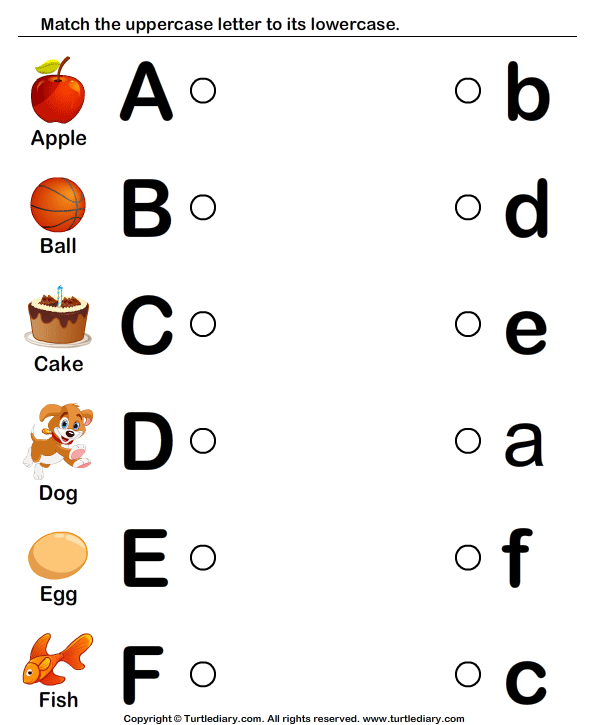
Overhead stretches – Have child reach up overhead, link fingers together and stretch arms up as high as possible. Add standing on tiptoes to make it really high.
Push-ups – Have child lie on the floor and push their body up with their hands and arms. If a regular push-up is too difficult, complete knee push-ups by simply weight bearing on flexed knees while completing push-ups rather than trying to weight bear on toes.
Quad stretches – Have child perform, sit to stands and stand to sits, while sitting in a chair. Do this repeatedly.
Run in place – Have child run in place for a specific amount of time such as while counting to 20.
Snake slither – Have child lie on their stomach and move their body forward trying to keep as much of their body in contact with the floor as possible, similar to an army crawl.
Toe touches – Have child stand and bend over to touch their toes with their fingers and back up to standing.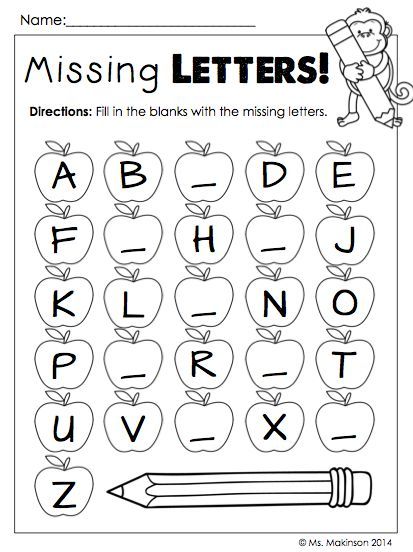 Do this repeatedly.
Do this repeatedly.
Under/over laser maze – Create a laser maze with use of tape, string, or streamers in the hallway and have child go under and over to move through it. Or have them crawl under tables and over furniture to achieve under/over.
Vertical wall taps – Have child stand beside a wall and jump to tap the wall attempting to beat their last height touched with each jump.
Windmills – Have child stand with arms and legs out to the sides. Have them bend over to touch right fingertips to left toes and back up to standing and then bend to touch left fingertips to right toes and back up to standing.
X-marks the spot exercise – Have child cross over legs and feet and cross over arms and hands while jumping to create X patterns with extremities. Or complete ‘X’ cross crawls to work on cross-lateral activity of extremities.
Yoga poses – Have child pick a yoga pose to complete, such as cat pose, cobra pose, or shark pose.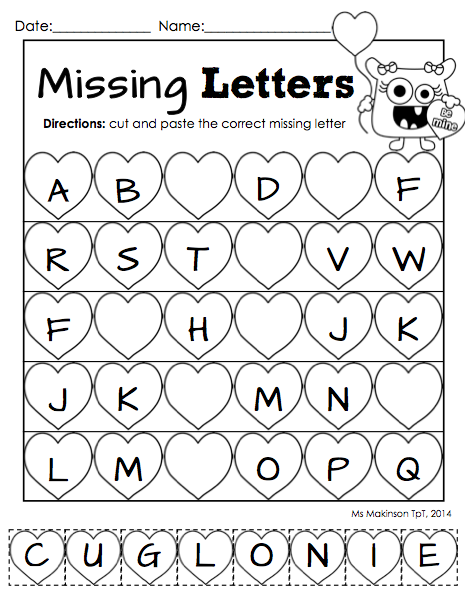
Zig-zag run – Use small obstacles to create a zig zag course or simply attempt to run a zig zag pattern.
With home learning, indoor activities, and social distancing upon us, this exercise activity page will help meet the needs of your child so they can get in their daily exercise while also releasing some extra “cooped up” energy!
FREE Alphabet Exercise PDF
Enter your email address below to access this free ABC PDF to add heavy work, core strength, movement, and gross motor skills with an alphabet theme. Use the printable alphabet exercise PDF as a poster for learning letters through movement.
Best of all this alphabet for kids activity supports learning through play!
Resources:
Educating the Student Body: Taking Physical Activity and Physical Education to School. Editors: Harold W. Kohl, III and Heather D. Cook. Authors: Committee on Physical Activity and Physical Education in the School Environment; Food and Nutrition Board; Institute of Medicine.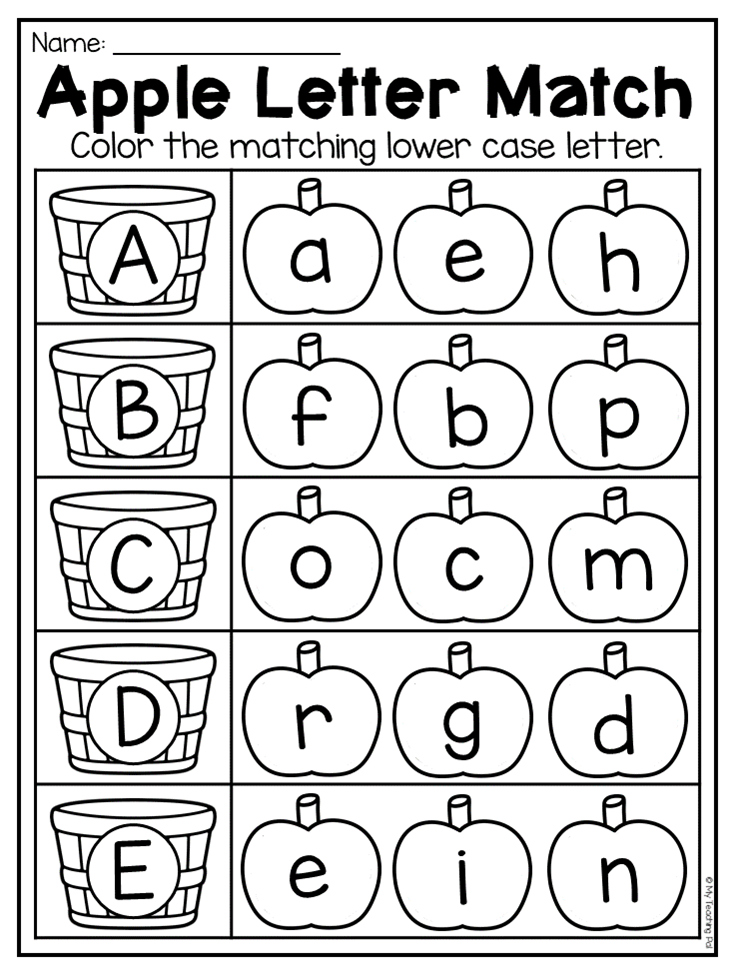 Washington (DC): National Academies Press (US); 2013 Oct 30.
Washington (DC): National Academies Press (US); 2013 Oct 30.
This post was written by contributor author, Regina Parsons-Allen.
Alphabet & Letter Worksheets
Full Alphabet
(Printables With All Letters)
Alphabet Printables (Full Alphabet)
This page has alphabet handwriting practice worksheets, classroom letter charts, ABC books, alphabet fluency games, flash cards, missing letter activities, and ABC card games. Each of these printables cover the whole alphabet.
Letter A
Letter A: Letter Recognition, Trace, & Print
This page has Letter A letter recognition activities, trace-and-write worksheets, a crown, and coloring pages.
Phonemic Awareness & Phonics:
Short A
On this page, you can download activities, worksheets, and learning centers for teaching the short-a vowel sound. There are mini-books, phonics poems, matching card games, word sorts, build-a-word learning centers, word wheels, and horizontal word hunts.
Letter B
Letter B: Letter Recognition, Trace, & Print
This section has a variety of letter recognition worksheets, tracing activities, and printing/handwriting pages for the Letter B.
Phonemic Awareness & Phonics:
Letter B (/b/ Sound)
Use these worksheets when you're teaching kids to recognize the /b/ sound, and read simple words with /b/. This page includes a large selection of word matching games, phonics worksheets, word sorts, and word wheels.
Letter C
Letter C: Letter Recognition, Trace, & Print
Build handwriting and letter recognition skills with these Letter C worksheets. This page has a huge collection of trace-and-print worksheets, a headband craft, and letter recognition projects.
Phonemic Awareness & Phonics:
Letter C (Hard C, Soft C)
These worksheets can be used to teach students about the sounds made by the Letter C. There's a word sort you can use in your learning center, a word wheel for reading practice, two word wheels, several letter-sound recognition worksheets.
There's a word sort you can use in your learning center, a word wheel for reading practice, two word wheels, several letter-sound recognition worksheets.
Letter D
Letter D: Letter Recognition, Trace, & Print
Printable handouts with letter tracing on them. All files focus specifically on uppercase and lowercase printed Letter D.
Phonemic Awareness & Phonics:
Letter D (/d/ Sound)
The learning centers, worksheets, and lessons featured on these pages reinforce learning of the /d/ sound. Find words that begin with /d/, words with /d/ in them, and words that ends with /d/.
Letter E
Letter E: Letter Recognition, Trace, & Print
These worksheets focus on making the lowercase and capital Letter E. Each one includes primary ruled lines, upon which students can print letters.
Phonemic Awareness & Phonics: Long E, Short E
Print word wheels, sorting games, matching games, thinking puzzles, flashcards, and worksheets for teaching students about the long-e and short-e vowel sounds.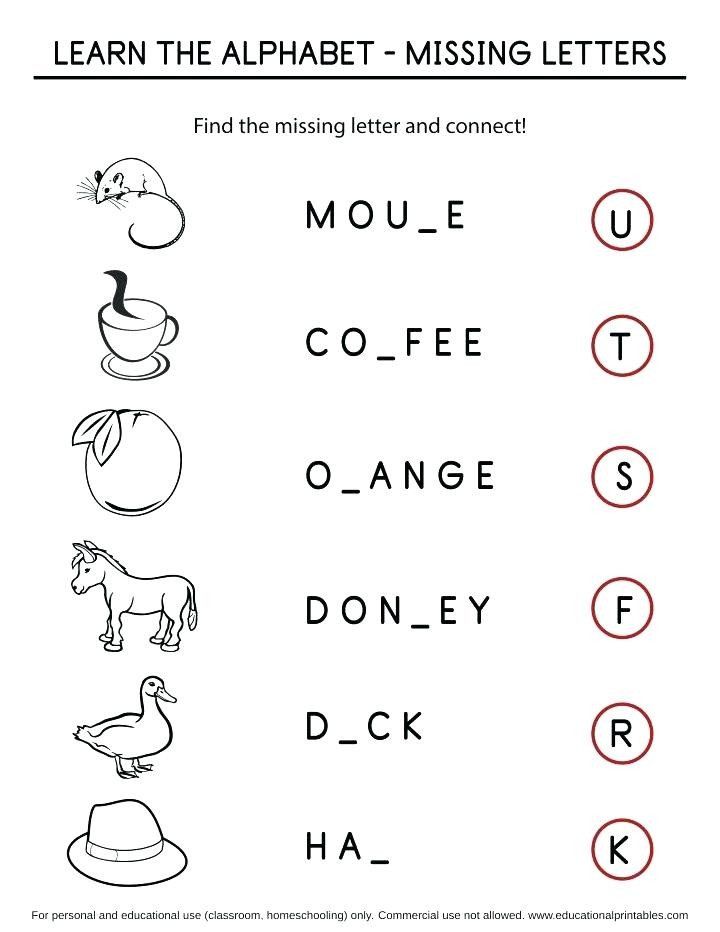
Letter F
Letter F: Letter Recognition, Trace, & Print
Make an F crown that students can wear, print the big and little Letter F, and practice letter recognition skills.
Phonemic Awareness & Phonics:
Letter F (/f/ Sound)
Read words that begin with or contain the /f/ sound. In here you'll find word sorts, phonics learning centers, spin-and-read, and build-a-word activities.
Letter G
Letter G: Letter Recognition, Trace, & Print
Review recognizing, tracing and writing the letter G.
Phonemic Awareness & Phonics: Letter G (Hard G, Soft G)
This page has build-a-word activities, as well as worksheets where you color the words that begin with the letter g. There is also a hard-g and soft-g word sort.
Letter H
Letter H: Letter Recognition, Trace, & Print
Practice tracing and printing the letter H h on primary-ruled paper.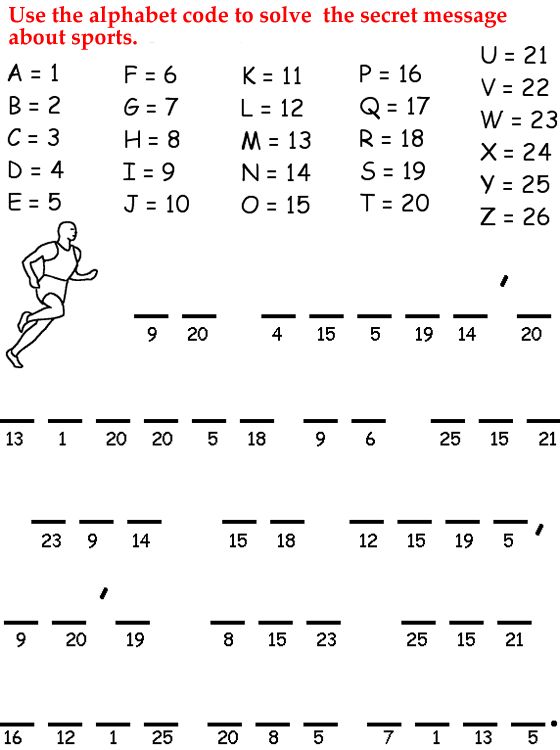 Also includes letter sorts and letter recognition worksheets.
Also includes letter sorts and letter recognition worksheets.
Phonemic Awareness & Phonics: Letter H (/h/ Sound)
Find words that begin with the /h/ sound. Build, sort, and read words with /h/.
Letter I
Letter I: Letter Recognition, Trace, & Print
Handwriting practice for uppercase and lowercase letter I. There's also a cute crown craft and letter sorts.
Phonemic Awareness & Phonics: Long I, Short I
This section contains long-i and short-i word sorts, phonics coloring pages, word spinners, and phonemic awareness activities.
Letter J
Letter J: Letter Recognition, Trace, & Print
Trace small and capital Js. Print words that start with J. Choose the letter J from the letter banks.
Phonemic Awareness & Phonics: Letter J (/j/ Sound)
Identify words that have the /j/ at the beginning, middle, or end.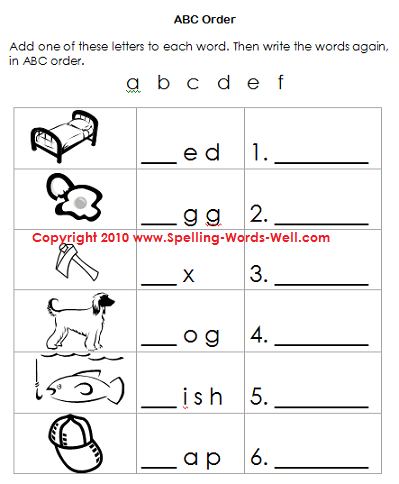 Color the items that begin with J. Rearrange letters to build j words.
Color the items that begin with J. Rearrange letters to build j words.
Letter K
Letter K: Letter Recognition, Trace, & Print
Practice tracing, writing the letter K k. Includes printing practice, as well as practice finding the letter k among other letters.
Phonemic Awareness & Phonics: Letter K (/k/ Sound)
This page has a variety of learning centers, crafts, printable worksheets, and card games for learning about the letter k and the /k/ sound.
Letter L
Letter L: Letter Recognition, Trace, & Print
Use straight lines to make the letters L and l on these handwriting practice pages. Includes letter sorts, trace-and-print activities, and simple crafts.
Phonemic Awareness & Phonics:
Letter L (/l/ Sound)
With these printable learning centers, cut-and-glue activities, and sorts, kids will practice recognizing and reading the /l/ sound in words.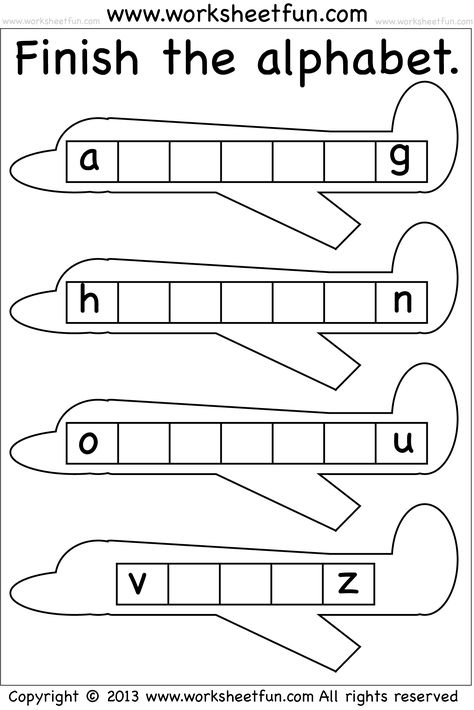
Letter M
Letter M: Letter Recognition, Trace, & Print
Master the art of writing the letter M m with these printable activities. There are also several letter recognition lessons for the letter M.
Phonemic Awareness & Phonics:
Letter M (/m/ Sound)
Practice reading and building words with the /m/ sound. This page has word sorts, word spinners, worksheets, and more.
Letter N
Letter N: Letter Recognition, Trace, & Print
With the printable handwriting pages, students can learn to neatly print the letter N n. There are also sheets for building and recognizing the letter N n.
Phonemic Awareness & Phonics:
Letter N (/n/ Sound)
This page has a series of activities for teaching your class about the consonant sound /n/.
Letter O
Letter O: Letter Recognition, Trace, & Print
Draw circles to make the letter O o on the primary ruled paper.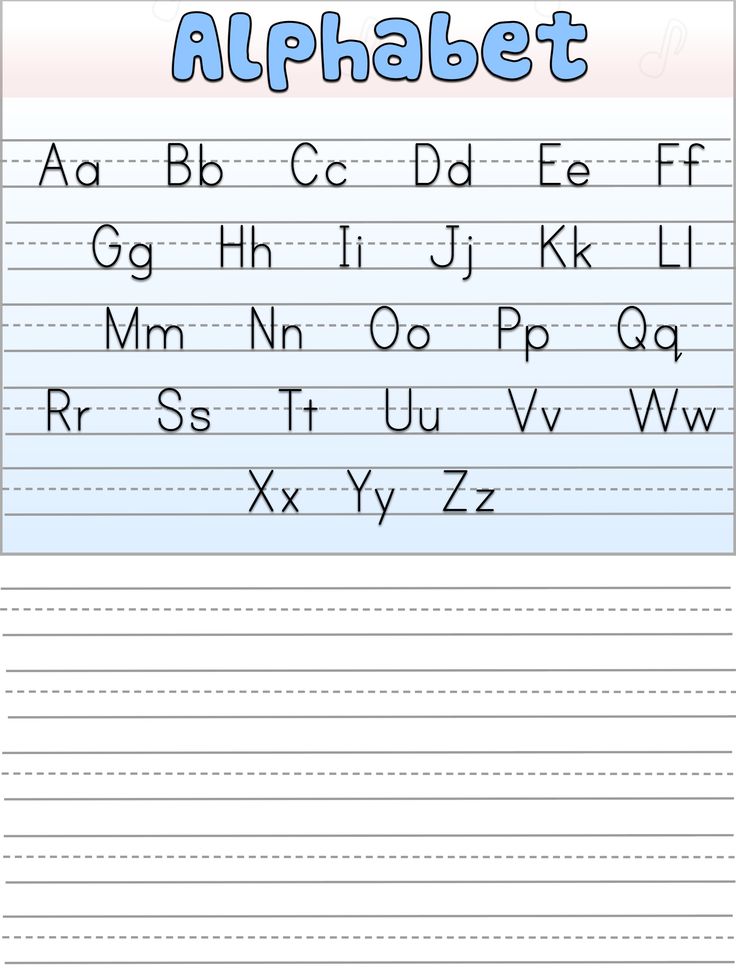 There are also letter recognition pages as well.
There are also letter recognition pages as well.
Phonemic Awareness & Phonics: Long O, Short O
On this page, you'll find a set of worksheets and games for teaching students about the long-o and short-o vowel sounds.
Letter P
Letter P: Letter Recognition, Trace, & Print
In this section of the site, you'll find several printable sheets on recognizing the letters P and p. You'll also be able to download a variety of P p handwriting pages.
Phonemic Awareness & Phonics:
Letter P (/p/ Sound)
With these printable learning centers, games, and classwork pages, you can teach your class to read and write simple words with the /p/ sound.
Letter Q
Letter Q: Letter Recognition, Trace, & Print
These printing/handwriting pages cover all three types of lowercase Qs, including the "curly q," the "pointed q," and the "straight q.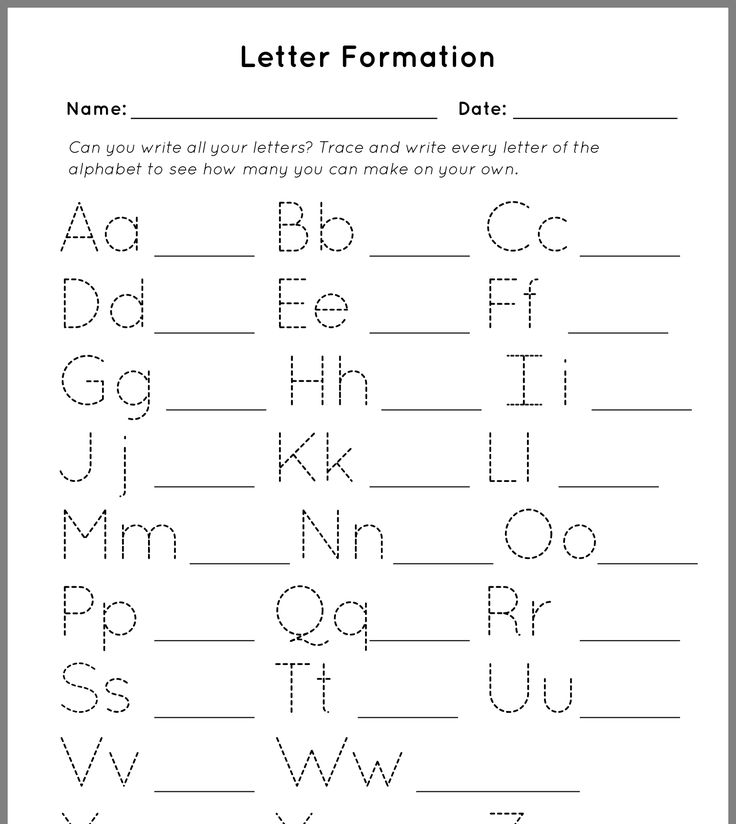 "
"
Phonemic Awareness & Phonics:
Letter Q (/kw/ Sound)
These phonics worksheets will help you teach your class about the letter q and the /kw/ sound.
Letter R
Letter R: Letter Recognition, Trace, & Print
Printing practice for the uppercase and lowercase letter R. Also includes letter dauber activities and a find-the-letter game.
Phonemic Awareness & Phonics:
Letter R (/r/ Sound)
Robot, rain, rake, and rooster all start with R. Use these printable phonics resources to help you teach students about the /r/ sound.
Letter S
Letter S: Letter Recognition, Trace, & Print
Trace capital and small S on the dotted lines. Use a bingo dabber to dab the letter S. Make an S crown that students can wear on their heads.
Phonemic Awareness & Phonics:
Letter S (/s/ Sound)
When you're teaching your class about the letter S and the /s/ sound, try these printable games, learning centers, and activities.
Letter T
Letter T: Letter Recognition, Trace, & Print
Practice tracing and printing large letter T and small letter t. On this page, we also have letter recognition worksheets.
Phonemic Awareness & Phonics:
Letter T (/t/ Sound)
With these phonics resources, students will learn to say, spell, and recognize the /t/ sound at the beginning, middle, and end of words.
Letter U
Letter U: Letter Recognition, Trace & Print
Use these resources to help students learn to recognize and make the letter U.
Phonemic Awareness & Phonics:
Long U, Short U
Here you'll find a large variety for long-u and short-u games and lessons.
Letter V
Letter V: Letter Recognition, Trace, & Print
Draw the letters V and v on these printing practice worksheets.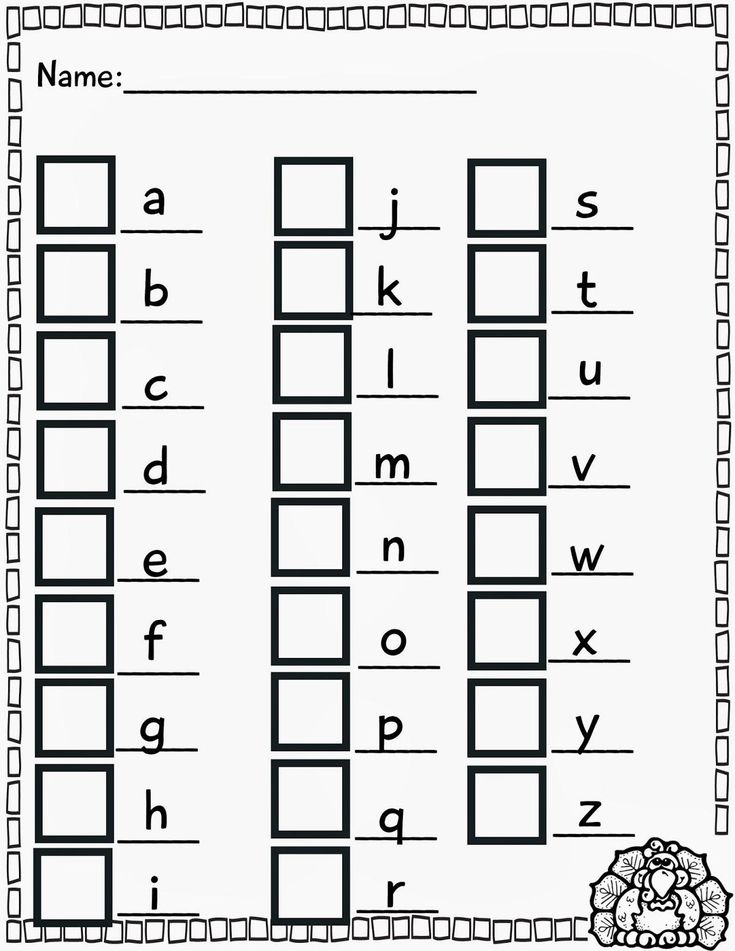
Phonemic Awareness & Phonics:
Letter V (/v/ Sound)
Violin, van, and vase all start with the /v/ sound. Use these phonemic awareness sheets to teach your students about the letter V.
Letter W
Letter W: Letter Recognition, Trace, & Print
Use three straight lines to print capital and lowercase w. These printing practice pages will help your kids learn to write the letter w.
Phonemic Awareness & Phonics:
Letter W (/w/ Sound)
Water, witch, and wagon all start with the letter W. This page has phonics activities, such as word card sorts, cut-and-paste worksheets, and word wheels.
Letter X
Letter X: Letter Recognition, Trace, & Print
Print the letter X using two diagonal lines. These letter x printing practice sheets will have your students making beautiful Xs in no time.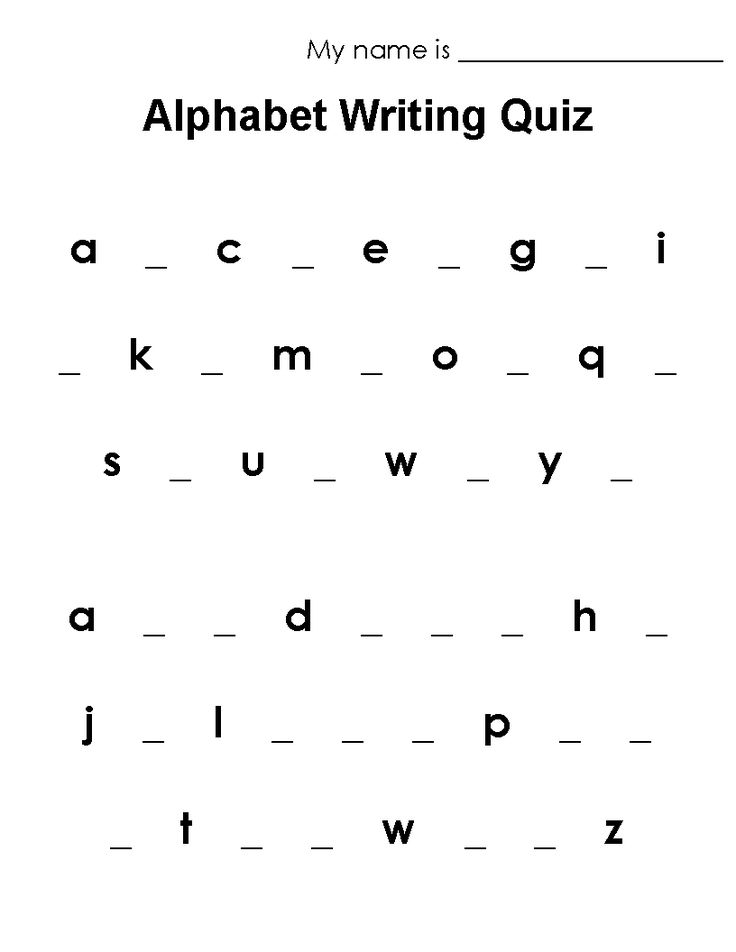
Phonemic Awareness & Phonics:
Letter X (/ks/ Sound)
These phonics worksheets include words that have the /ks/ sound, spelled with an x.
Letter Y
Letter Y: Letter Recognition, Trace, & Print
Copy and trace the letter Y on these worksheets. We also have letter recognition puzzles for the letter Y.
Phonemic Awareness & Phonics:
Letter Y (/y/ Sound)
Download and print mini-books, cut-and-glue learning centers, and card sorts for the letter Y.
Letter Z
Letter Z: Letter Recognition, Trace, & Print
Trace, copy, and print capital and lowercase letter Z on these printable pages.
Phonemic Awareness & Phonics:
Letter Z (/z/ Sound)
Here you'll find word sorts, word wheels, mini-books, and other lessons for teaching students about the letter Z and the /z/ sound.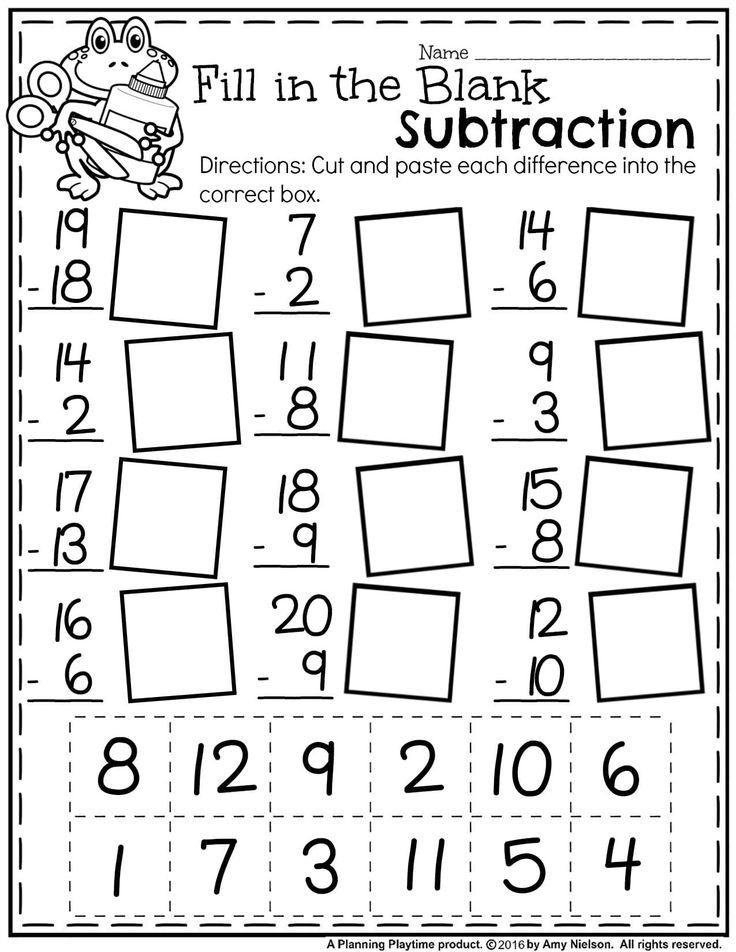
Exercises and tasks for the English alphabet
Today I offer you tasks and exercises for the English alphabet for children . Fixing the English alphabet is not easy for children, so you need to do a lot of different exercises.
Helpful!
Learn more about the English alphabet, read about games to learn the English alphabet, or look at similar tasks and exercises at http://s-english.ru/
Alphabet exercises. Alphabet assignments. nine0011
Exercises to practice writing letters of the English alphabet.
I suggest you print out the English alphabet. Click on the picture under the desired letter - the copy will open in its original size. Then, in order to print the recipe, just right-click on it and select print.
| A | B | C | D | E |
|
|
|
|
|
|
| F | G | H | I | J |
|
|
|
| nine0022 |
|
| K | L | M | N | - |
|
|
|
|
|
|
| P | Q | R | S | T |
|
|
|
|
|
|
| U | V | W | X | Y |
|
|
|
|
|
|
| Z | spelled out | spelled out | spelled out | spelled out |
|
|
|
|
|
|
English alphabet exercises for children.
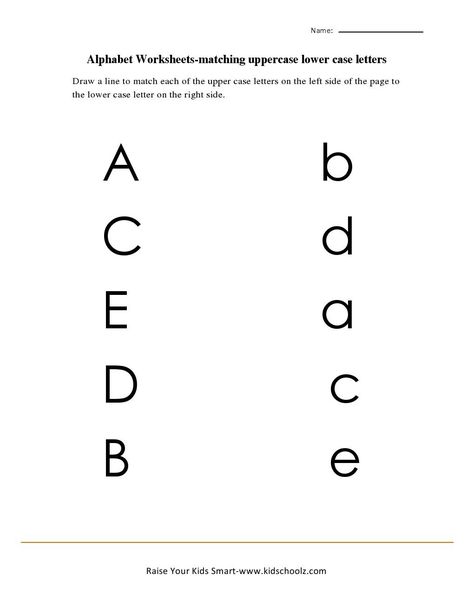 nine0011
nine0011 This section contains exercises for those children who have already learned all the letters. The exercises are divided into two groups - alphabet exercises for grade 2 and tasks for the English alphabet for grade 3. The basic difference between the 2 groups of exercises for the English alphabet is that for the 2nd grade, tasks are presented exclusively for writing letters. For grade 3, the tasks are more difficult and are already connected with the spelling of words. Naturally, these exercises can also be used for preschoolers who have previously begun to study the alphabet. nine0005
English alphabet exercises for 2nd grade.
Tasks for the letters of the English alphabet, which children often confuse.
Exercise 1 . Circle the letter b, underline the letter d. Count the number of letters.
b b d b b d d d b d b d d d b d b b d b d b
Quantity: b-> ___, d-> ___.
Exercise 2. Circle the letter p, underline the letter q.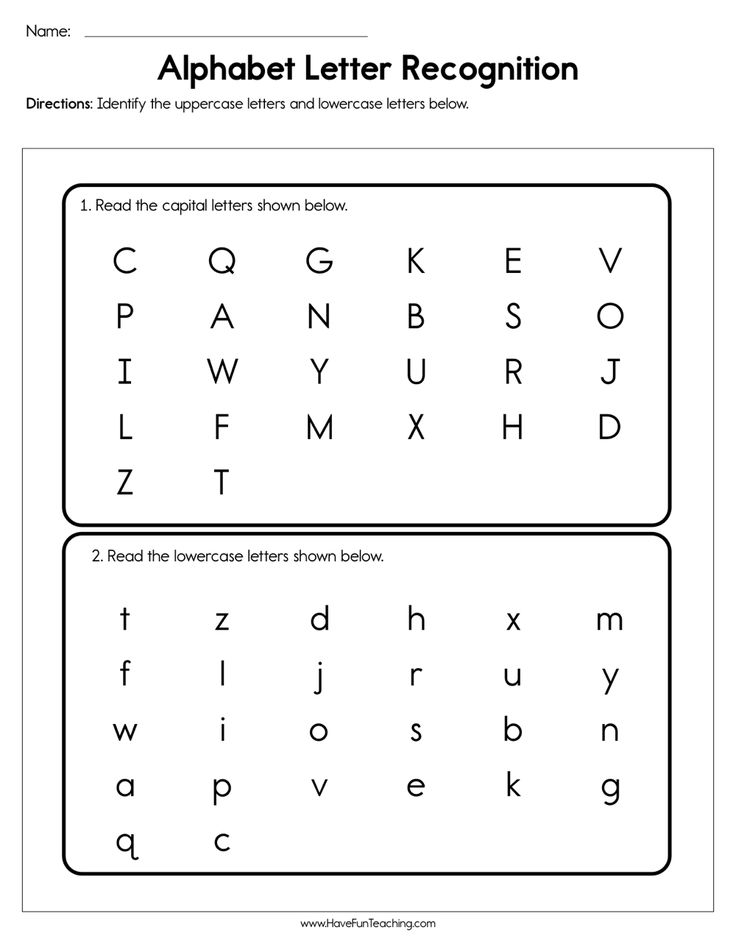 Count the number of letters. nine0298
Count the number of letters. nine0298
q p p q q q p q q p q q p q p q p q q p p q q
Quantity: p-> ___, q-> ___.
Exercise 3 . Circle the letter m, underline the letter n. Count the number of letters.
m n m n n m n n m m m n m n m m n m n m
Quantity: m-> ___, n-> ___.
Simple English alphabet exercises.
Exercise 1 . Draw a line between uppercase and lowercase letters.
| A K L B N P Q | to l a q p b n |
| Y T U H G D V | T h v g d and and |
Exercise 2 . Fill in the missing letters of the English alphabet:
Capital letters of the alphabet.
Option 1.
A _ _ D E F _ H _ J K _ _ N O P _ R _ T U V _ X Y _
Option 2.
_ B _ D _ F G _ _ J _ L M _ O _ Q R S _ U _ _ X _ Z
Option 3.
A B C _ E _ G _ I J K _ M N _ _ _ R S _ U _ W _ Y Z
Small letters of the alphabet. nine0005
Case 1.
_ b c _ e f _ h _ j k l _ n o _ _ r s _ u v _ x y _
Case 2.
_ b _ d e _ g h _ j k _ m _ o _ q _ _ v _ x _ _
Option 3.
_ _ c _ e f g _ _ j _ l m n _ p q _ _ t _ v w _ y z
Exercise 3 . Add the letters of the English alphabet that
| Go before following letters | Come after the following letters nine0022 |
| ____С ____G ____M ____P ____W ____Y | A____ H____ N____ T____ W____ X____ |
Exercise 4.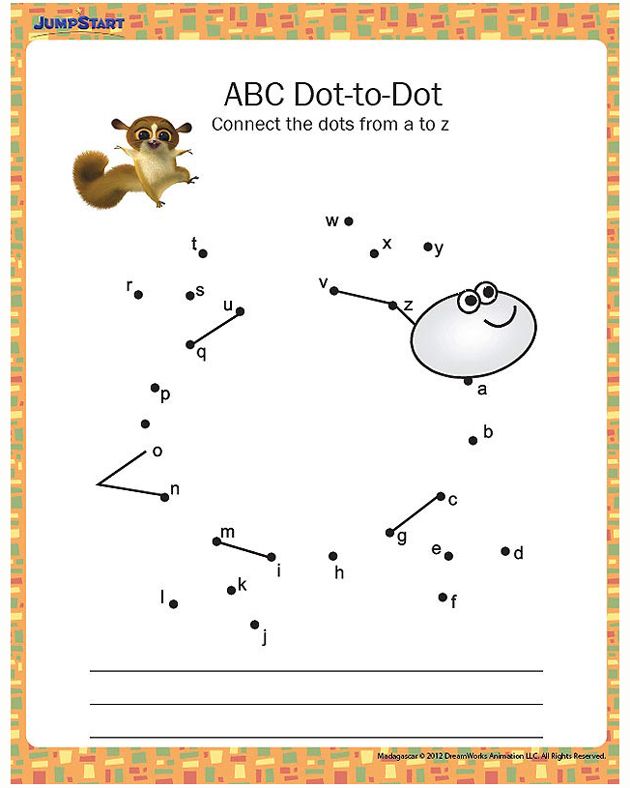 Circle all the vowels in the first table and all the consonants in the second.
Circle all the vowels in the first table and all the consonants in the second.
Circle the vowels
| A |
| Y |
| H | or | Q |
| w | and | U |
Circle the consonants.
| to | or | G |
| and | s | T |
| w | and | U |
Tasks to consolidate the English alphabet.
Exercise 5 . Add which letters come before and after the specified letter of the English alphabet .
__ S __, __ H __, __ K __, __ T __, __ B __, __ Y __
Exercise 6 .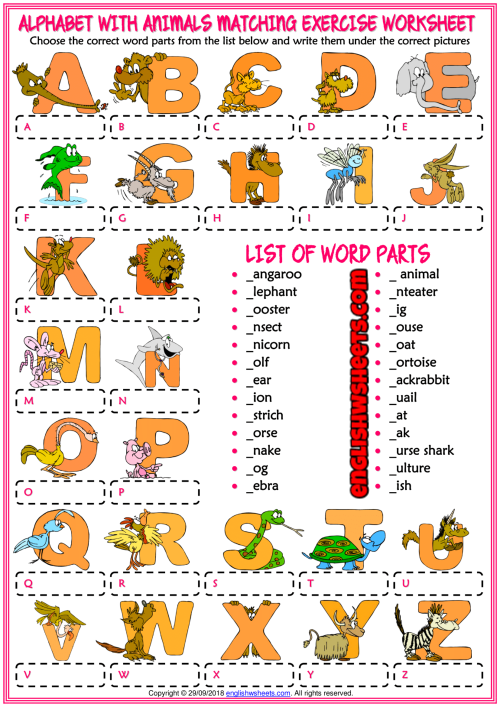 Write down which letter is missing in each row.
Write down which letter is missing in each row.
- __ J K L,
- P __ R S,
- U V __ X,
- B C D __
Exercise 7 . Write these words in small letters.
- FOX — _____________,
- DOG - _____________,
- BAG — _____________,
- HEN — ______________,
- PEN - ______________.
Capitalize these words:
- ball — _______________,
- lamp- _______________,
- frog-________________,
- six- _________________,
- seven - ______________.
Exercise 8 . Write down all the vowels of the English alphabet that you know.
Exercise 9 . Write down all the consonants of the English alphabet that you know.
Exercise 10 . Complete the following tasks to repeat the English alphabet. nine0298
- Write all lowercase (small) letters from a to h.
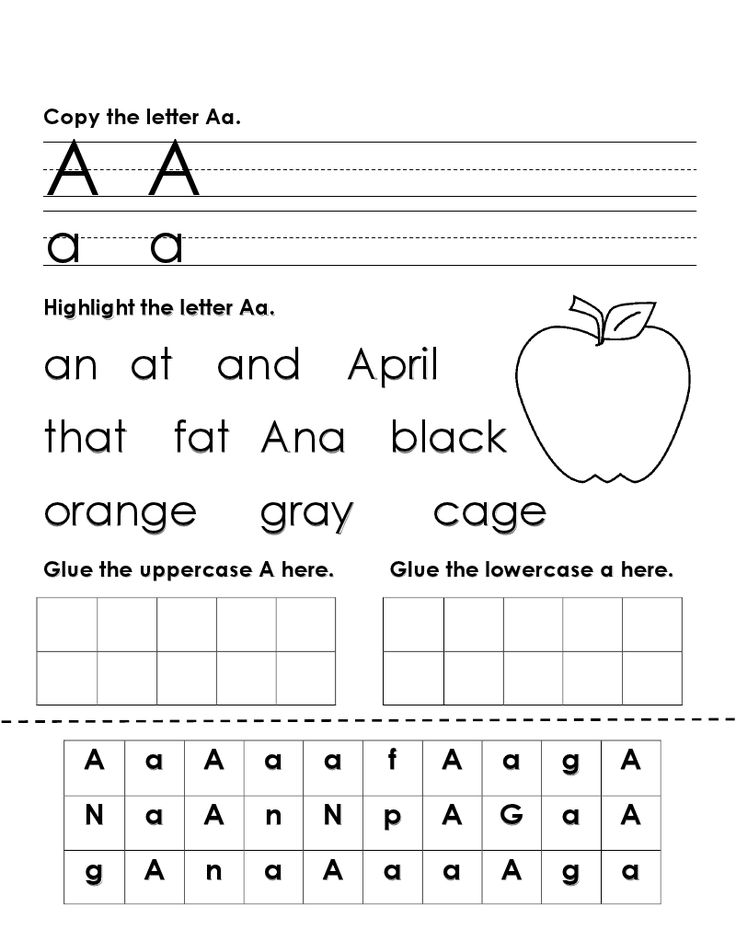
- Write all capital letters from P to U.
- Write all lowercase letters in reverse order from k to e.
- Write all capital letters in reverse order from Z to U.
English alphabet exercises for grade 3.
Exercise 1 . Write what letter the following words begin with.
- ___ __ig, __retty, _iano; nine0612
- ____nail, _wim, _tay;
- _pple, _nt, _unt;
- _at, _oat, _ome;
- ___ _able, _ea, _rain;
- ___ _ion, _amp, _emon.
Exercise 2 . Use the alphabet code to read the secret message.
Use this code to decipher the secret message that contains the riddle. Write down the riddle. Translate the riddle into Russian and solve it.
| A->5 | E->10 | I->18 | M->20 | Q->25 | U->21 | Y->26 |
| B->2 | F->19 | J->3 | N->8 | R->11 | V->12 | nine0002 Z->7 |
| C->14 | G->24 | K->9 | O->13 | S->15 | W->16 |
|
| D->6 | H->1 | L->17 | P->4 | T->23 nine0022 | X->22 |
|
16 1 5 3
1 5 8 6 15 _ _ _ _ _
Answer.
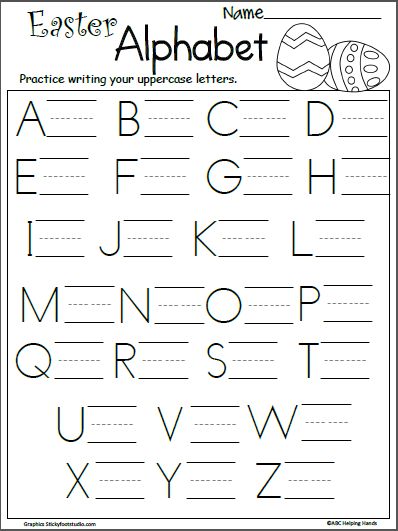
Riddle: What has a face and two hands but no arms or legs? Answer: a clock
Exercise 3 . Make ladders of words starting with the letters a, h, i, t and w according to the model.
B
Be
Bee
Back
Black
Brown
Exercise 4. Write the words in each row alphabetically.
- ball, doll, fox, tiger, hare
- apple, lemon, orange, grapes, tomato
- green, yellow, pink, blue, black nine0611 happy, silly, angry, mad, unhappy
- big, small, short, tall, high
Exercise 5 . Write down the English alphabet. Follow the rule: write all vowels in lowercase and all consonants in uppercase.
I hope you liked the presented exercises and tasks for the English alphabet for children and turned out to be useful for your children.
Did you like it? Save for the future and share with your friends!
17 alphabet games
A rare child gets acquainted with the alphabet only at school.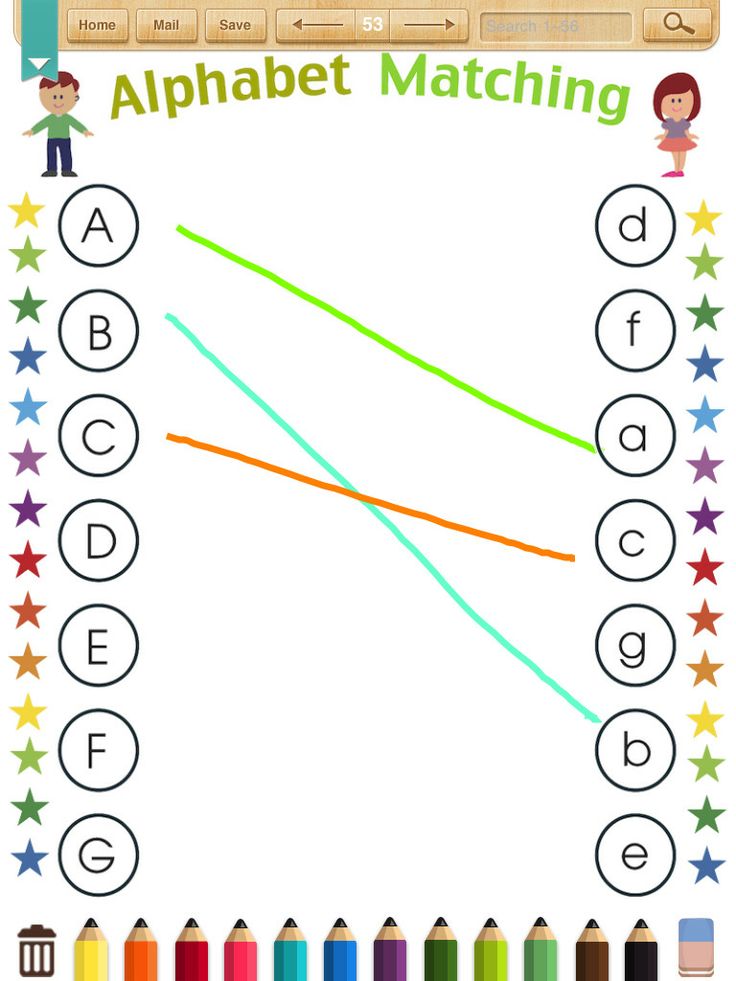 Modern parents strive to show the letters to the baby and teach them to distinguish them as early as possible. How can I do that? Of course, in an entertaining way! Educational psychologist Samira Filatova talks about games for learning the alphabet for preschoolers.
Modern parents strive to show the letters to the baby and teach them to distinguish them as early as possible. How can I do that? Of course, in an entertaining way! Educational psychologist Samira Filatova talks about games for learning the alphabet for preschoolers.
Samira Filatova, teacher-psychologist of the Academic Gymnasium of St. Petersburg State University
Acquaintance with letters
I would conditionally divide all the ways of learning the alphabet into exercises "at the desk" (they are usually given in teaching aids), outdoor games and those that are aimed not only at memorizing letters, but also at developing fine motor skills, creativity, creative abilities. And each child at a different time may come up with all these methods. nine0005
The first thing to do to get to know the letters is to hang the alphabet on the wall. Most often, you can find options with the image of objects whose names begin with the specified letter. Better yet, an alphabet with sound effects.
It is desirable that not the letters of the alphabet are pronounced, but the sounds that they designate, that is, not "Ka", but [k]. It is believed that thanks to this approach, it will be easier for a child to learn to read.
So, the acquaintance with the letters has happened, now you can start memorizing them. The game is the best for this. After all, the game is the leading activity in preschool age. Learning through play is effective and, with the right approach, will not tire the child. nine0005
At-the-Desk Exercises
You can purchase special aids, print them off the Internet, or even draw the letters yourself. What kind of assignments can you come up with?
Find the desired letter among other letters . Arrange the letters randomly on a piece of paper. Name any of them, and the task of the child is to find it. It happens that children themselves name the letter they want to find. In this case, do not refuse them.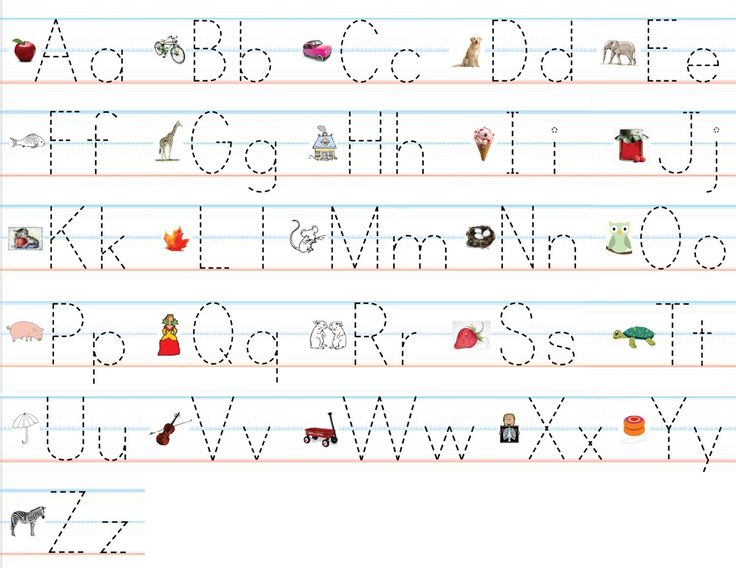
Find the correct letter in the drawing . The task differs from the previous one in that the letters are, as it were, built into the picture. For example, a house, trees, flowers, swings are depicted. The letter "P" can be window sashes or swings; the letter "M" - grass; the letter "K" is hiding in the branches of trees. A more difficult version of this game is to find objects in the picture that begin with the desired letter. nine0005
Find letters of the same color, size, name them. Letters of different sizes and colors are “scattered” on a sheet of paper. The child needs to find all the letters that are the same according to the given criteria and name them. A more complicated option is to change the orientation of the letter in space. Then the variant of the task may be as follows: "Find all the letters that lay on the left side."
Assemble the letter as a mosaic . Write the letter so that it occupies the entire sheet, color and cut it into squares, triangles, any shapes.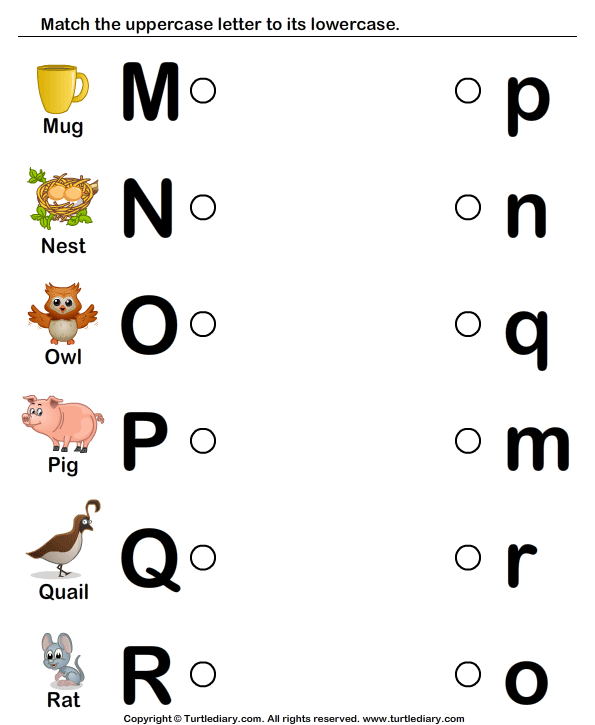 You can also entrust this to the baby if he already knows how to use scissors. In this case, you need to make the markup with a dotted line to make it easier for him to cut. The task of the child is to put the letter back from these figures. nine0005
You can also entrust this to the baby if he already knows how to use scissors. In this case, you need to make the markup with a dotted line to make it easier for him to cut. The task of the child is to put the letter back from these figures. nine0005
What else can you do with letters on paper? Coloring them, tracing them with a dotted line - there are many options for action.
I would also include in this group the game "Memory" , in which you need to find the same letters. You can complicate it: name not only the matching letters, but also the words that begin with them. Picture Lotto is also great for learning the alphabet.
Those who have already mastered the letters can try to start reading. It will be very useful for learning syllables "Cashier of letters and syllables" . You can buy it in the store or print it yourself from the Internet. How to play with her?
Prepare pictures of animals and objects, select cards with letters and syllables and ask the child to match them.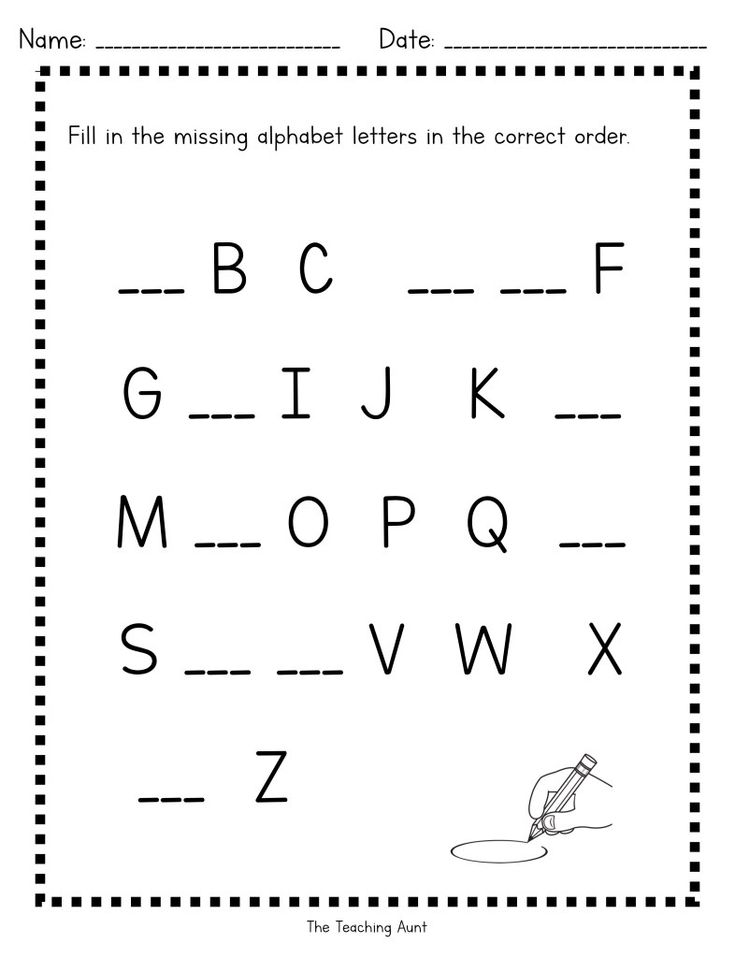 In the future, you can complicate the task: give children syllables in the wrong order (for example, “Ka” and “Mouse”, which he must match with the image of a mouse, for this he will have to rearrange the syllables). I would mark this task as one of the most useful. Teachers recommend teaching children not only by choosing the right solution, but also by searching for inconsistencies, inconsistencies, and wrong answers. This develops the ability to analyze, and in the future - the ability to critical thinking. nine0005
In the future, you can complicate the task: give children syllables in the wrong order (for example, “Ka” and “Mouse”, which he must match with the image of a mouse, for this he will have to rearrange the syllables). I would mark this task as one of the most useful. Teachers recommend teaching children not only by choosing the right solution, but also by searching for inconsistencies, inconsistencies, and wrong answers. This develops the ability to analyze, and in the future - the ability to critical thinking. nine0005
Creative games that help develop fine motor skills
Here the kid will make letters on his own : sculpt them from plasticine or dough, decorate cardboard blanks with coins, buttons and beads, make crafts from improvised means (designer, twigs, leaves, cotton buds, sweets ).
Have the child draw letters on the sand (you can use kinetic). Working with sand is useful for the development of fine motor skills, as well as for optimizing the psycho-emotional state.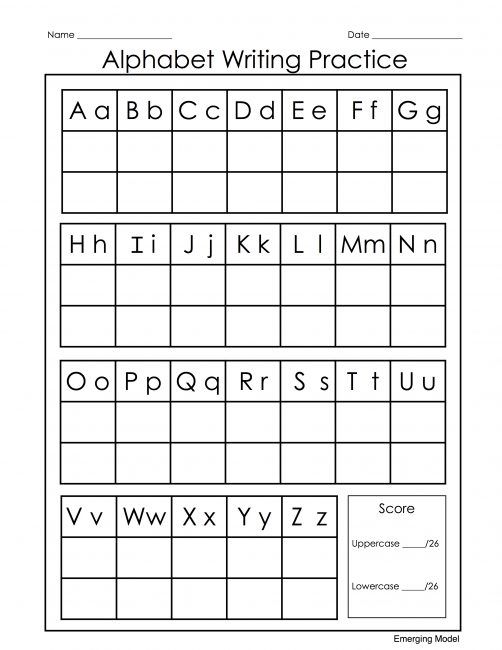 Let the kid choose what he wants to draw. Show by your own example what needs to be done: start writing short words or names in the sand, you can add a beautiful ornament and write the letters themselves in a special graceful handwriting. nine0005
Let the kid choose what he wants to draw. Show by your own example what needs to be done: start writing short words or names in the sand, you can add a beautiful ornament and write the letters themselves in a special graceful handwriting. nine0005
Children love to play with magnetic letters . Try leaving short messages to each other by posting them on a refrigerator or a magnetic board, or compete to see who can write the longest word or the most short ones.
You can combine these options: bury plastic letters in kinetic sand, and then, while digging, name them. An "advanced" option is to invent fairy tales about these letters.
Use interactive books in which the child presses on a letter and hears the corresponding sound. But before you bring such a book home, make sure that the sounds in it are pronounced correctly. nine0005
Outdoor games
Print the letters on sheets of paper and stick them on furniture and walls.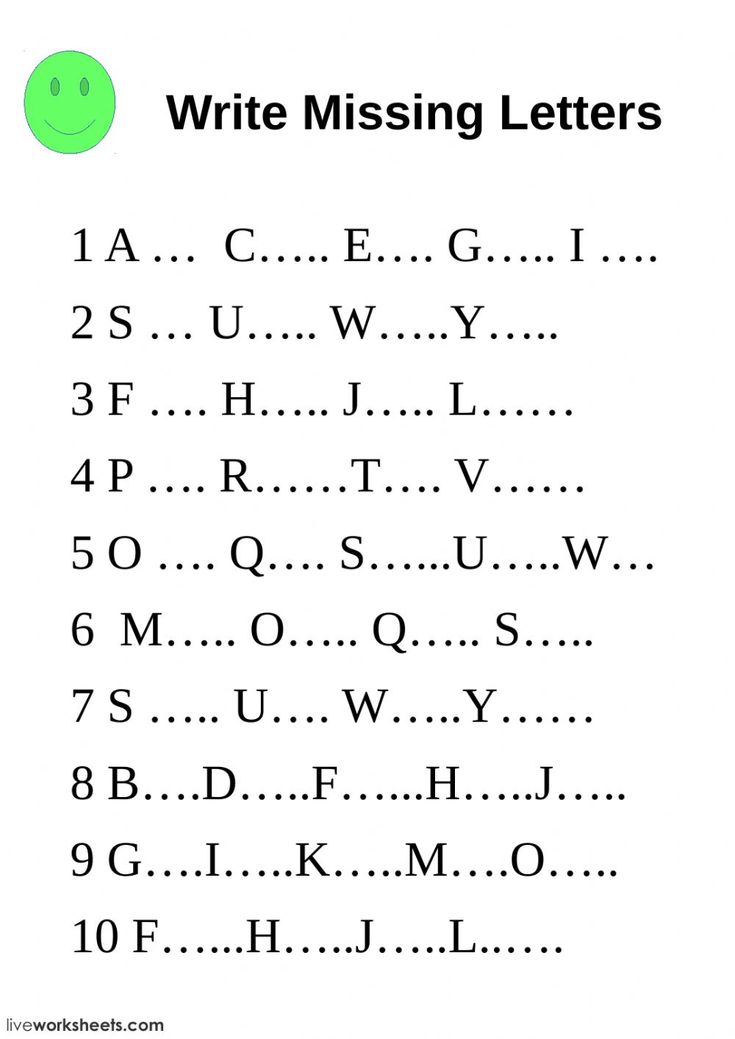 The task of the child is to find the letter , which you will name.
The task of the child is to find the letter , which you will name.
Use the blocks with the letters that you probably already have in your home. It is interesting to play this game with several children at once: the host rolls a die, and the players name and depict an animal or object with the letter that has fallen out.
I will share my own experience of how I played with my daughters. At first, the girls laid out large 9s in a chaotic manner on the floor.0003 soft puzzles with letters . Then I called them in turn the letters on which they should stand. The one who does not make mistakes wins. This game is also interesting because the letters can be arranged as you like: on their sides, upside down. At the same time, children learn to recognize the outlines of a letter, regardless of its orientation in space.
Whatever games you choose, it is important that they are interesting for the child. If he doesn't want to play them, gets distracted, you can't insist.